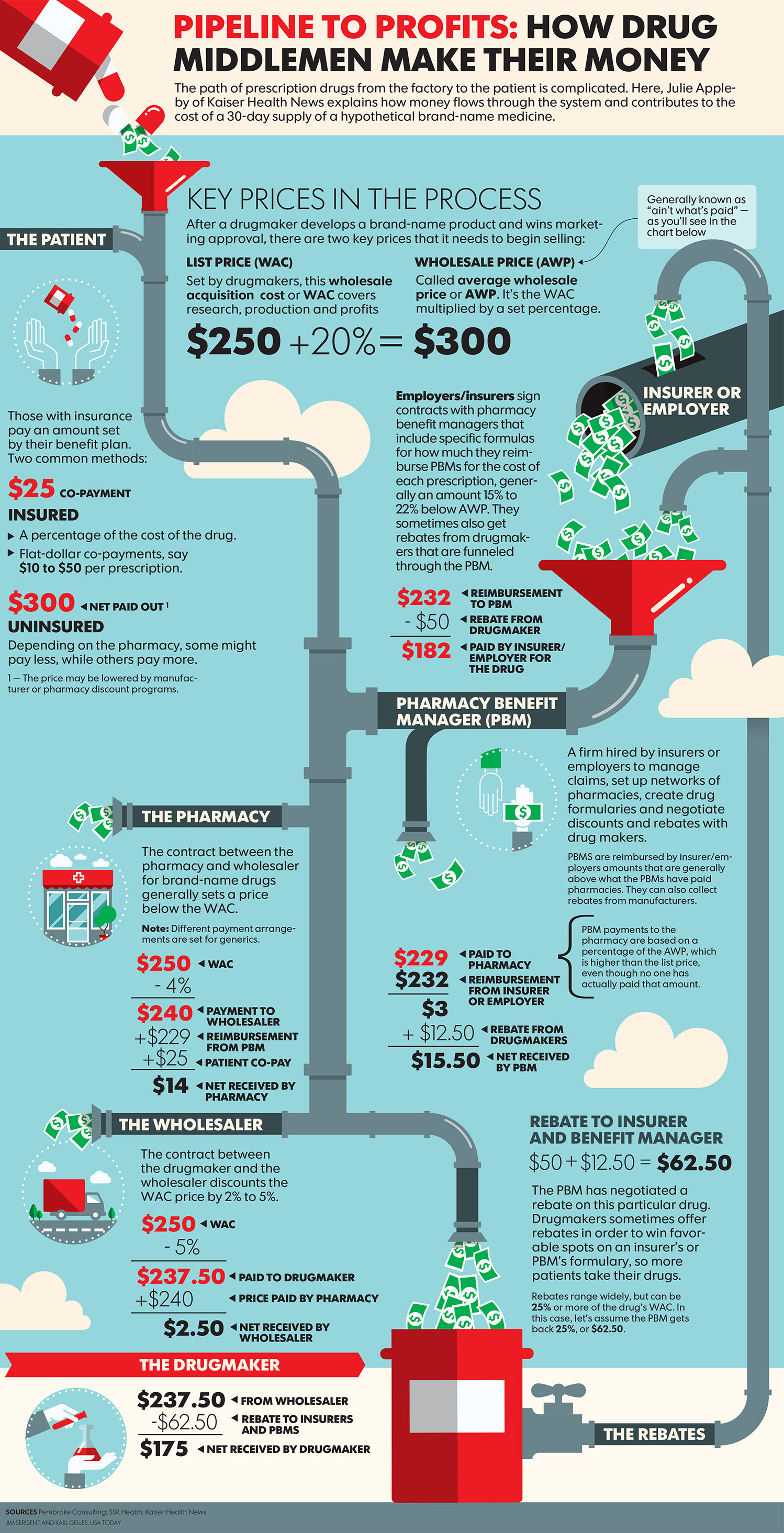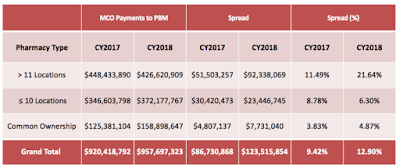Could proposed rebate rule be a once-in-a-generation opportunity to reset our system to work better?
Point-of-sale rebates might lower drug costs but any lost revenue, by non-fiduciary PBMs or health plans, will be shifted elsewhere. The CBO (Congressional Budget Office) happens to agree by predicting the rebate rule would allow pharmaceutical companies to offer discounts 15% smaller than their current rebates. If so, this could cause patient premiums and federal spending to rise.
Watch the video, “How to Slash PBM Service Costs, up to 50%, Without Changing Vendors or Reducing Member Benefit Level”. The problem isn’t rebates that’s like saying money is evil. It is that non-fiduciary PBMs aren’t returning all of the rebate dollars back to plan sponsors. Don’t blame rebates blame the decision-makers.
Commentary by David Ricks, Eli Lilly CEO
While Washington debates whether the “rebate rule” proposed by the administration would cause federal spending to rise, too many are forgetting the people it would help.
Like the woman in Iowa who takes Humalog insulin. Her Medicare Part D plan requires her to pay $193 per prescription — which she sometimes has to carry as a balance on her credit card. But under the administration’s rebate rule, her cost would drop by two-thirds — to $64.
The rebate rule would convert rebates on brand-name prescription drugs — paid by pharmaceutical companies to health insurance plans — into upfront discounts — shared directly with patients at the pharmacy. The rule affects seniors and low-income Americans in privately run Medicare and Medicaid plans, but the administration wants Congress to extend the same protection to all Americans with private insurance.
This is the quickest way to lower consumers’ out-of-pocket costs for medicines — by billions each year. It’s also a once-in-a-generation opportunity to reset our system to work better, for all patients.










